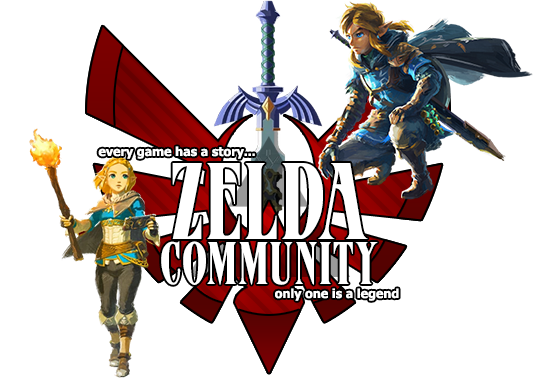Display MoreSo, let me give you an update on my working situation. It's been 4 months into it. I passed my probation period and then we had the holiday season which means an increase on hours and problems with restocking. They were working on renewing the lease, then the place will get a nice renewal and stuff. I am also covering for a coworker that is out until the 8th of January. This Wednesday 4th we were going to have a meeting.
Then Saturday came along, and among a lazy morning start with little work, the head chef called us in for a mini-meeting. Which was basically a stop what you're doing and make a circle around me kind of meeting. We were all already in the same room. The front Manager was present as well.
Lease renewal deal was never completed because the price jump was too much so the owners of the franchise are axing us. We are being made redundant with no chance of transferring. 8th of January is our last shift if we make it as they are depleting provisions and staff if calling sick, so I honestly doubt it.
One of the back managers and cooks was also that day and all he said was "I knew, but I was told to be quiet" which honestly irritated me because he wasn't even the one giving us the notice today and probably would have complied to wait until Wednesday. Yes, they were going to tell us until the 4th that the 8th is our last shift! Can you bloody believe it? The head chef that told us, I am willing to bet he basically told the front manager m going to tell them today with or without you guys kind of scenario and that is how we knew. He only works weekends and he seemed both angry and like he couldn't give a crap about any problems arising in the place.
Not very wise of me to vent in a public forum but who cares. Happy new year! Back in the bloody hunt for stable income again.
*takes out the Tequila*
I just keep laughing at them making us pay for our uniform shirts and hats and probably knowing a few days after we'd be fire and still taking it out of our weekly pays.
*takes a shot of tequila*
I keep laughing at them making us wear name tags and talk all the changes the shop will go on with renovations and stuff.
*takes another shot*I laugh at all the massive cleaning we did the week before Christmas. Well played.
*takes another shot*
I also laugh at how I reminiscence about my interview talk with the chef that left the place a month after he hired me, on how all I wanted was a stable place I could work for years if it'd have me because I was tired of jumping around. Woot!
This place is a franchise, I thought in the far off thought of this happening we'd be compensated or offered a transfer. Might as well go and dance with the fairies.
That sucks... it sucks so much it sucks a big fat wobbly man's sweaty nipples. Is there no contract or clause that makes this illegal? FOUR days?? That is intensely disrespectful. I can't believe they did that to you all!
Here's hoping 2017 only gets better!
As for me, I didn't get the job or any other job for that sake. I'm running out of money and I don't know how to pay the March rent yet. I got one application posted now, but I'm extremely overqualified and I haven't heard from them.

